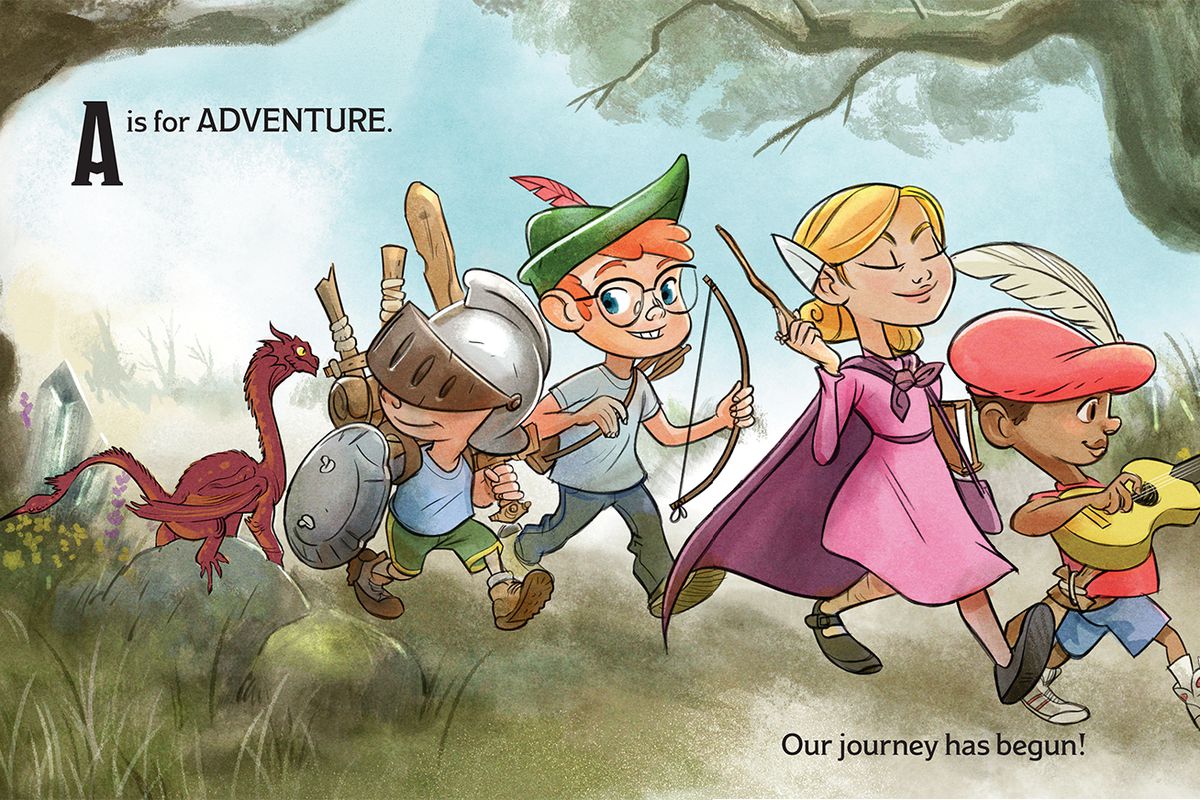Dungeons & Dragons (D&D) is not just a game; it’s a gateway to a world of imagination, storytelling, and critical thinking. Although it has long been popular among adults, D&D is increasingly being adapted for younger audiences. This guide will walk you through everything you need to know to introduce D&D to kids, from the basics of the game to setting up their first adventure. Whether you’re a parent, teacher, or just an enthusiastic adult looking to share the magic of D&D with younger players, this article is for you.
What is Dungeons & Dragons?
Dungeons & Dragons is a tabletop role-playing game (RPG) that has been captivating players since its inception in 1974. The game revolves around a group of players who create characters and embark on imaginative adventures. Guided by a Dungeon Master (DM), players use dice rolls and creative thinking to navigate challenges and unravel stories within a fantasy setting.
Why D&D is Great for Kids
D&D is more than just a game; it’s a rich educational tool that fosters various skills. Here’s why it’s excellent for children:
- Creativity and Imagination: D&D encourages players to imagine new worlds, characters, and stories, fostering creativity and imaginative thinking.
- Problem-Solving Skills: Through encounters and puzzles, kids learn to think critically and develop strategies.
- Teamwork and Collaboration: Playing D&D requires cooperation among players, teaching valuable social skills.
- Literacy and Numeracy: Reading game materials and using dice to determine outcomes help improve literacy and numeracy skills.
- Confidence and Communication: Role-playing and storytelling build self-confidence and enhance communication skills.
Getting Started with D&D for Kids
Choosing the Right Age-Appropriate Rules
When introducing D&D to children, consider age-appropriate rule sets. The standard D&D rules can be complex, so you might want to start with simplified versions:
- D&D Kids Edition: Designed specifically for younger players, this version streamlines rules and gameplay.
- The “Adventure Begins” Box Set: This set is great for beginners and offers simplified rules and pre-generated characters.
- Homebrew Simplifications: For older kids, you can adjust the existing rules to suit their comprehension level.
Selecting the Perfect Adventure Module
Adventure modules designed for younger players are a great way to start. Look for modules that are:
- Short and Simple: Choose adventures that are straightforward and can be completed in one or two sessions.
- Interactive and Engaging: Select modules with plenty of role-playing opportunities and less focus on complex combat.
Gathering Essential Materials
To play D&D, you will need:
- Dice: A set of polyhedral dice (d4, d6, d8, d10, d12, and d20) is essential. For younger players, consider oversized dice for easier handling.
- Character Sheets: Simplified character sheets can help kids track their abilities and progress.
- Maps and Miniatures: Visual aids like maps and miniatures help kids understand the game’s setting and their characters’ positions.
Creating Kid-Friendly Characters
Simplifying Character Creation
For younger players, simplify the character creation process:
- Pre-Generated Characters: Offer pre-made characters that children can choose from, simplifying the decision-making process.
- Basic Classes and Abilities: Limit the number of classes and abilities to avoid overwhelming players.
Encouraging Creativity
Allow kids to add their unique touches to their characters:
- Custom Descriptions: Encourage them to come up with creative backstories and personalities for their characters.
- Visuals: Provide drawing materials for kids to sketch their characters, adding a visual element to their role-playing experience.
Running a Game Session
Setting Up the Adventure
Prepare for the session by:
- Reviewing the Module: Familiarize yourself with the adventure module and plan how you’ll guide the story.
- Creating a Safe Environment: Ensure the game space is comfortable and that all players feel included and safe.
Engaging Young Players
Keep the game engaging by:
- Involving Everyone: Make sure every player has a chance to participate and contribute to the story.
- Using Visual Aids: Maps, props, and miniatures can make the game more immersive and easier to follow.
Handling Challenges and Conflict
Managing challenges in D&D can be tricky:
- Be Patient: Kids might take time to grasp concepts or resolve conflicts; patience is key.
- Encourage Problem-Solving: Guide them in solving problems rather than solving them for them.
- Keep It Fun: The primary goal is fun, so be flexible and adapt the game to maintain a positive experience.
Tips for a Successful Game
- Keep Sessions Short: Young children may have limited attention spans. Aim for shorter, more frequent sessions.
- Be Supportive: Encourage kids and celebrate their creativity and problem-solving skills.
- Provide Positive Feedback: Reinforce their achievements and contributions to keep them motivated.
- Adapt as Needed: Be ready to adjust rules and gameplay to suit the group’s needs and interests.
FAQs
What Age is Appropriate for Introducing D&D to Kids?
D&D can be introduced to kids as young as 6-8 years old, depending on their ability to understand basic game mechanics. Simplified rules and shorter game sessions are ideal for younger children.
How Can I Find Kid-Friendly D&D Adventures?
Look for resources specifically designed for kids, such as the “D&D Kids Edition” or adventure modules with simplified rules. Online forums and communities can also provide recommendations.
What If My Child is Shy or Reluctant to Participate?
Start with solo or small-group sessions to build their confidence. Encourage them by praising their contributions and gradually involve them in more group interactions.
Are There Any Online Resources for Teaching D&D to Kids?
Yes, several websites and YouTube channels offer tutorials and tips for teaching D&D to children. Platforms like Roll20 and D&D Beyond also provide tools and resources that can be useful.
Conclusion
Introducing Dungeons & Dragons to kids opens up a world of creativity, problem-solving, and social interaction. By choosing age-appropriate rules, selecting engaging adventures, and fostering an encouraging environment, you can ensure that kids have a positive and enriching experience. Remember, the ultimate goal is to have fun and inspire imagination. So gather your dice, prepare your adventure, and let the journey begin!

Leave a Reply